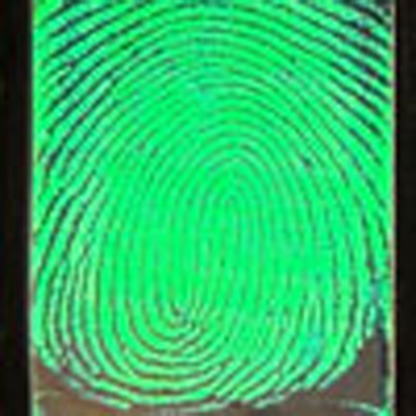- Record: found
- Abstract: found
- Article: found
Reconfigurable photonic crystals enabled by pressure-responsive shape-memory polymers

Read this article at
Abstract
Smart shape-memory polymers can memorize and recover their permanent shape in response to an external stimulus (for example, heat). They have been extensively exploited for a wide spectrum of applications ranging from biomedical devices to aerospace morphing structures. However, most of the existing shape-memory polymers are thermoresponsive and their performance is hindered by heat-demanding programming and recovery steps. Although pressure is an easily adjustable process variable such as temperature, pressure-responsive shape-memory polymers are largely unexplored. Here we report a series of shape-memory polymers that enable unusual ‘cold' programming and instantaneous shape recovery triggered by applying a contact pressure at ambient conditions. Moreover, the interdisciplinary integration of scientific principles drawn from two disparate fields—the fast-growing photonic crystal and shape-memory polymer technologies—enables fabrication of reconfigurable photonic crystals and simultaneously provides a simple and sensitive optical technique for investigating the intriguing shape-memory effects at nanoscale.
Abstract
 Smart shape-memory polymers based on pressure stimuli have potential biomedical and
aerospace applications but are largely unexplored. Here, Fang
et al. present a reconfigurable photonic crystal that is reprogrammed at ambient conditions
by a pressure-responsive shape-memory polymer.
Smart shape-memory polymers based on pressure stimuli have potential biomedical and
aerospace applications but are largely unexplored. Here, Fang
et al. present a reconfigurable photonic crystal that is reprogrammed at ambient conditions
by a pressure-responsive shape-memory polymer.
Related collections
Most cited references7
- Record: found
- Abstract: found
- Article: not found
Broad-wavelength-range chemically tunable block-copolymer photonic gels.
- Record: found
- Abstract: found
- Article: not found
Photocatalytic colour switching of redox dyes for ink-free light-printable rewritable paper.
- Record: found
- Abstract: not found
- Article: not found